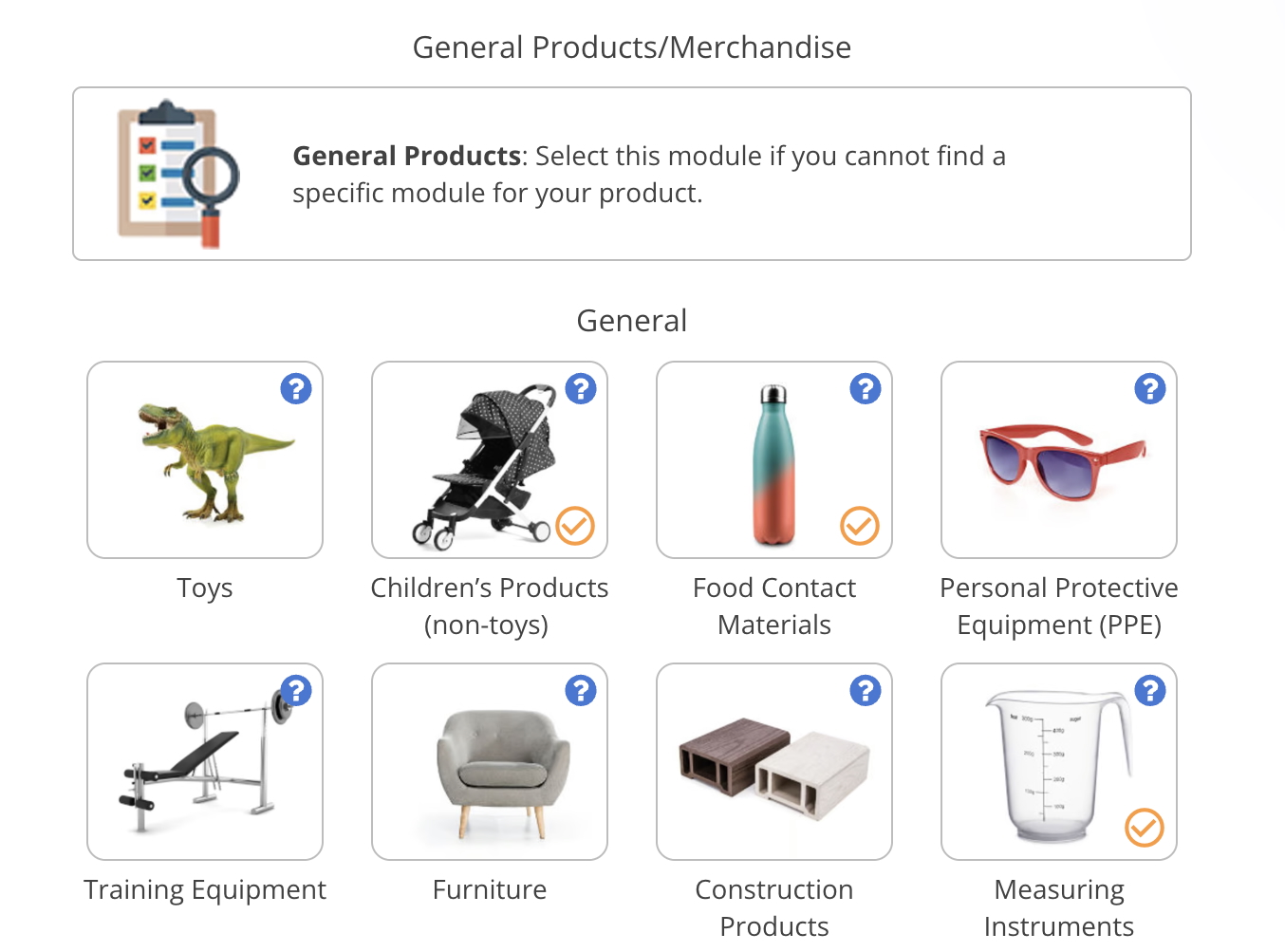Certain electronic products imported or manufactured in the United States must undergo a Supplier’s Declaration of Conformity (SDoC) procedure, which also requires a compliance information statement.
The SDoC procedure covers most unintentional radiators. That is, products that do not have Bluetooth, Wi-Fi, or other wireless functions. In this guide, we address frequently asked questions regarding the SDoC procedure, the SDoC compliance information statement, and other related topics.
Content Overview

FREE CONSULTATION CALL (30 MIN)
 Ask questions about compliance requirements
Ask questions about compliance requirements Countries/markets:
Countries/markets:
 Learn how we can help your business
Learn how we can help your business
You will speak with:Ivan Malloci or John Vinod Khiatani
What is a Supplier’s Declaration of Conformity (SDoC)?
As per 47 CFR Part 15 – Radio Frequency Devices, the term “Supplier’s Declaration of Conformity” is used to indicate:
a. The procedure that you must use to ensure that your unintentional radiators adhere to the relevant technical standards and other requirements, and
b. A compliance information statement that you must provide with your product, as part of the above-mentioned procedure
As part of the procedure, you should also test your product to ensure compliance with technical requirements and maintain the required documentation.
The responsible party (e.g., manufacturer) should use the compliance information statement to specify that their product adheres to the applicable FCC rules.
What is the Supplier’s Declaration of Conformity (SDoC) procedure?
The Supplier’s Declaration of Conformity (SDoC) is the authorization procedure that you should use to ensure that covered unintentional radiators meet the relevant technical standards and requirements under 47 CFR Part 15 for radio frequency devices.
According to the FCC, to complete the procedure, you should:
1. Get your products tested
2. Keep records (e.g., test reports) and required documentation proving compliance with the applicable FCC requirements
3. Prepare a compliance information statement
4. Label your product with product identification information (e.g., serial number) and the FCC, which is voluntary
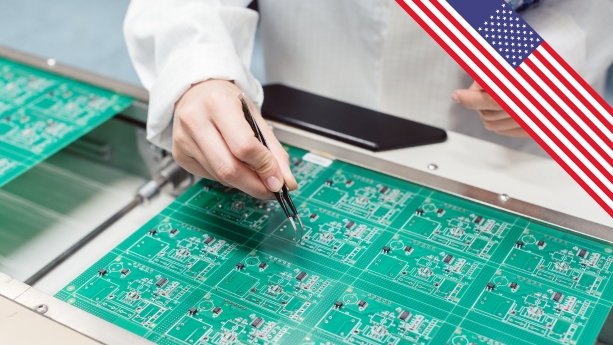
Which products require an SDoC?
The SDoC procedure applies to unintentional radiators, which are devices that unintentionally emit radiofrequency energy within the product or via connective wiring, either by induction or radiation. These devices typically operate within the frequency range of 9 kHz to 3000 GHz.
Examples of products
Here are some examples of products that are unintentional radiators and thus require an SDoC:
- Coffee pots
- Wrist watches
- Cash registers
- Printers
- Garage door receivers
However, per Table 1 in 47 CFR Part 15.101, you should only use the certification authorization procedure for the following types of unintentional radiators:
- Scanning receiver
- Radar detector
- Access broadband over power line (Access BPL)
Other products
If the product contains Wifi, Bluetooth, or similar capabilities, then the certification authorization procedure must generally be followed.
According to 47 CFR Part 15.101, you can optionally choose the certification procedure for most devices subject to the SDoC procedure.
Note that we explain the difference between the SDoC and certification authorization procedures in one of the following sections of this guide. In short, the certification is a more stringent procedure that must be followed for authorizing intentional radiators, that is, products that have wireless functionalities, and some types of unintentional radiators.
Which products are exempt from the SDoC requirement?
According to 47 CFR Part 15.103, the following types of products are exempted from specific technical standards, but must still comply with the requirements set in 47 CFR Part 15.5 and Part 15.29:
a. Devices used only in transportation (e.g., cars, aircraft)
b. Digital devices used as control or power systems used by public utilities or industrial plants
c. Digital devices used as industrial, commercial, or medical test equipment
d. Digital devices used as appliances (e.g., microwaves, dishwashers, dryers, air conditioners)
e. Specialized medical devices used under professional supervision
f. Digital devices with power consumption below 6 nanowatts
g. Passive add-on controllers (e.g., joysticks or mice with simple circuitry)
h. Devices operating below 1.705 MHz and not powered by AC lines
What are the requirements to comply with the SDoC procedure?
To ensure you comply with the SDoC procedure, you should adhere to the following requirements:
1. Compliance with rules and technical requirements, such as ensuring that:
- You manufacture your product according to good engineering design and manufacturing practices
- You stop operating devices covered by FCC Part 15 if they cause harmful interference
2. Compliance with standards such as ANSI C63.4-2014 – American National Standard for Methods of Measurement of Radio-Noise Emissions from Low-Voltage Electrical and Electronic Equipment in the Range of 9 kHz to 40 GHz
3. SDoC compliance information statement
4. Labeling information:
- Trade name and type number, model number/ or serial number)
- FCC symbol, which is voluntary
5. Product testing:
- Test reports must be provided to the FCC upon request
- You are not required to use an FCC-recognized accredited test lab to perform the tests, but you may choose to do so
6. Supporting records such as test reports and equipment samples must be provided to the FCC when requested.
SDoC Compliance Statement Overview
Under the SDoC procedure, you should provide a compliance information statement with your product. Note, however, that there are two types of compliance information statements – a “basic” compliance information statement and a compliance information statement for products assembled from modular components.
This section lists the information you need to provide for both types of compliance statements.
Compliance information statement (Basic)
The compliance information statement needs to contain:
a. Product identification – e.g., the product’s name and model number
b. A statement of the product’s compliance, and
c. The responsible party’s name, address, or internet contact information
Note that the responsible party should be located in the United States.
Compliance information statement (for modular components)
According to 47 CFR Part 2.1077, you need to provide a compliance information statement with your assembled product if it:
a. Comprises modular components authorized under SDoC and/or a grant of certification, and
b. Is subject to authorization under the SDoC procedure but does not need to undergo additional testing
In this case, your compliance information statement for modular components should contain:
a. The identification of the assembled product – e.g., name and model number
b. The identification of the modular components in the assembly
c. A statement of the assembled product’s compliance
d. The name, US address, and telephone number, or internet contact information of the party that assembled the product
e. Copies of the compliance information statements for each individual authorized component in the assembled product
Do I need to test my product before issuing an SDoC compliance statement?
Yes, the FCC requires you to test your product before issuing an SDoC compliance statement.
Note that while you do not need to use an FCC-recognized accredited lab to test your products, you can use one if you wish to do so.
How much does it cost to obtain an SDoC compliance statement?
You can create the Supplier’s Declaration of Conformity compliance information statement for free. However, you need to pay for the mandatory product testing before you can create the document.
For example, Compliance Testing is an accredited test lab that claims its pricing depends on device type. Here is what we found on their website:
a. USD 3,000 to USD 5,000 — basic electronic devices without transmitters
b. USD 6,500 to USD 10,000 — devices with FCC Pre-certified modules using approved components
c. USD 9,000 to USD 12,000 — unlicensed transmitting devices (e.g., Bluetooth, LTE, WiFi)
Do we need to keep the SDoC compliance statement updated?
We were not able to find specific information on 47 CFR Part 2, 47 CFR Part 15 or the FCC website concerning whether you need to keep your SDoC compliance statement updated.
However, you need to ensure that your SDoC compliance information statement contains the correct information (e.g., product identification, responsible party identification). As such, if information about the product or the responsible party changes, you need to update your SDoC compliance statement to reflect these changes.
The FCC requires you to comply with the applicable technical requirements, test your product under the SDoC procedure, and provide records (e.g., test reports) upon request. As such, if anything about your product changes, you may also need to test the product again and update the relevant documentation.
How long is an SDoC compliance statement valid?
We could not find any information concerning the validity period of an SDoC compliance statement.
However, as explained in the previous section, you still need to ensure that the information you provide in your SDoC compliance statement is accurate and up to date. As such, the statements need to be updated if you make changes to the product or its components.
Can a non-US-based company issue an SDoC compliance statement?
We found that a non-US-based company cannot issue an SDoC compliance statement, as the FCC requires the responsible party (importer or manufacturer) to be located within the United States.
While we found that some websites claim that companies located outside the United States can hire a US-based representative, we were not able to find any information about this matter in 47 CFR Part 2, 47 CFR Part 15 or the FCC website.
According to the FCC, under the SDoC procedure, the “importer of record” is considered the responsible party and needs to be based within the United States.
Can I obtain an SDoC compliance statement from a manufacturer outside the United States?
As mentioned in the previous section, as far as we know, you cannot obtain an SDoC compliance statement from a manufacturer outside the United States.
The responsible party can often be the manufacturer, but they need to be based within the United States.
What is the difference between the SDoC and Certification authorization procedures?
While the SDoC authorization procedure applies to unintentional radiators, the certification authorization procedure generally applies to intentional radiators.
According to the FCC, there are different requirements for products subject to the Certification authorization procedure.
For example, if your equipment is approved under the Certification procedure, you need to get your product tested by an FCC-recognized accredited test lab. You then need to:
1. Obtain a 10-digit FCC registration number (FRN)
2. Obtain a Grantee Code from the FCC
3. File an application for a grant of certification with a Telecommunication Certification Body (TCB)
Does the SDoC also apply to the FCC Part 18?
Yes, according to 47 CFR Part 18, consumer industrial, scientific, and medical (ISM) equipment that emits electromagnetic radio frequencies is subject to either the Supplier’s Declaration of Conformity or certification procedures.
Note that in this case, the SDoC procedure applies to:
a. Non-consumer ISM equipment, and
b. Consumer ultrasonic equipment that:
- Generates less than 500 watts, and
- Operates below 90 kilohertz

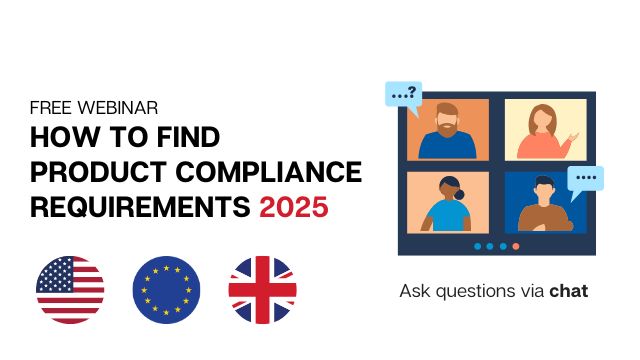
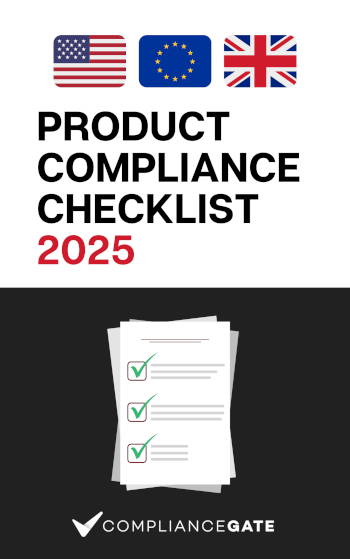




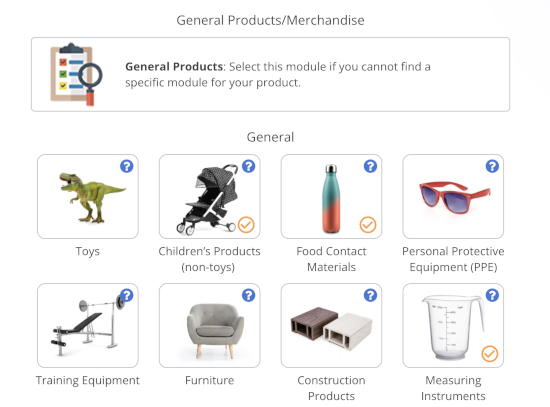






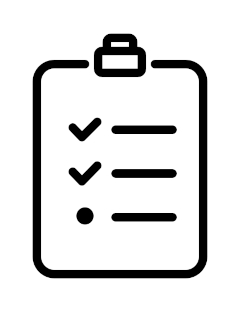


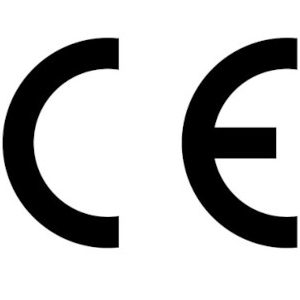




.png)
.png)
.png)
